India's Remarkable Journey: The Chandrayaan Moon Landing
Introduction
India's foray into space exploration has reached new heights with its ambitious lunar missions, particularly the Chandrayaan program. The Chandrayaan missions mark a significant milestone in India's scientific and technological advancement, solidifying its place in the global space exploration arena. This article delves into India's moon landing efforts, highlighting the achievements, challenges, and the impact of these missions on the country's space aspirations.
Chandrayaan-1: Laying the Foundation
Launched on October 22, 2008, Chandrayaan-1 was India's maiden lunar probe and a testament to the Indian Space Research Organisation's (ISRO) growing capabilities. The mission's primary objective was to create a detailed 3D map of the lunar surface and study its mineral composition using a high-resolution remote sensing payload. It also carried a Moon Impact Probe (MIP) that made a controlled impact on the moon's surface, further expanding India's lunar exploration capabilities.
A Breakthrough Discovery
Chandrayaan-1 achieved a remarkable feat in 2009 when its Moon Impact Probe confirmed the presence of water molecules on the moon's surface. This discovery was a turning point in lunar science, suggesting the possibility of lunar water resources and the potential to support future human exploration. The successful identification of water molecules opened up avenues for broader space exploration and even the potential establishment of lunar bases.
Chandrayaan-2: A Bold Leap
Building on the success of Chandrayaan-1, India launched its second lunar mission, Chandrayaan-2, on July 22, 2019. This mission aimed to explore the moon's south pole region, an area of significant interest due to the presence of permanently shadowed craters that might hold water ice. Chandrayaan-2 consisted of three components: the orbiter, the lander named Vikram, and the rover named Pragyan.
Lander Setback but Orbiter Triumph
Chandrayaan-2 faced an unexpected challenge during its landing phase. The lander, Vikram, lost communication with ground control in the final moments of descent, leading to a tense period of uncertainty. While the landing was not successful, the orbiter remained fully functional and continued to send back crucial scientific data. The orbiter's advanced instruments provided valuable insights into the moon's composition, exosphere, and mineral distribution, contributing significantly to lunar science.
Future Prospects and International Collaboration
Despite the setback with the lander, India remains resolute in its lunar ambitions. ISRO has announced plans for Chandrayaan-3, a mission focused solely on landing a rover on the moon's surface. Additionally, India has expressed interest in collaborating with other space agencies, including NASA and Roscosmos, to pool resources and expertise for more ambitious lunar missions.
Impact on India's Technological Landscape
The Chandrayaan missions have not only propelled India's space agency onto the global stage but also catalyzed advancements in various technological domains. The success of these missions has inspired the nation's youth to pursue careers in science, technology, engineering, and mathematics (STEM) fields. The missions have also demonstrated India's cost-effective approach to space exploration, making it an attractive partner for international collaborations.
Conclusion
India's moon landing endeavors, as exemplified by the Chandrayaan program, underscore the nation's growing prominence in space exploration. While challenges have been faced, the discoveries and technological advancements achieved through these missions have firmly established India as a key player in lunar science. As India continues to set its sights on further lunar exploration and potential international collaborations, the future holds exciting possibilities for both the country and the global scientific community.








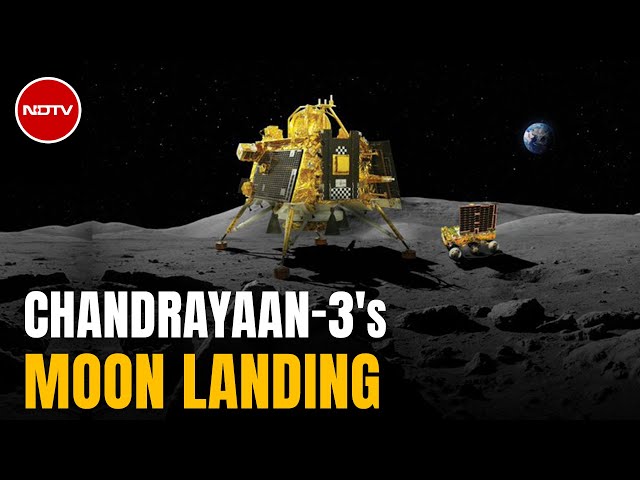


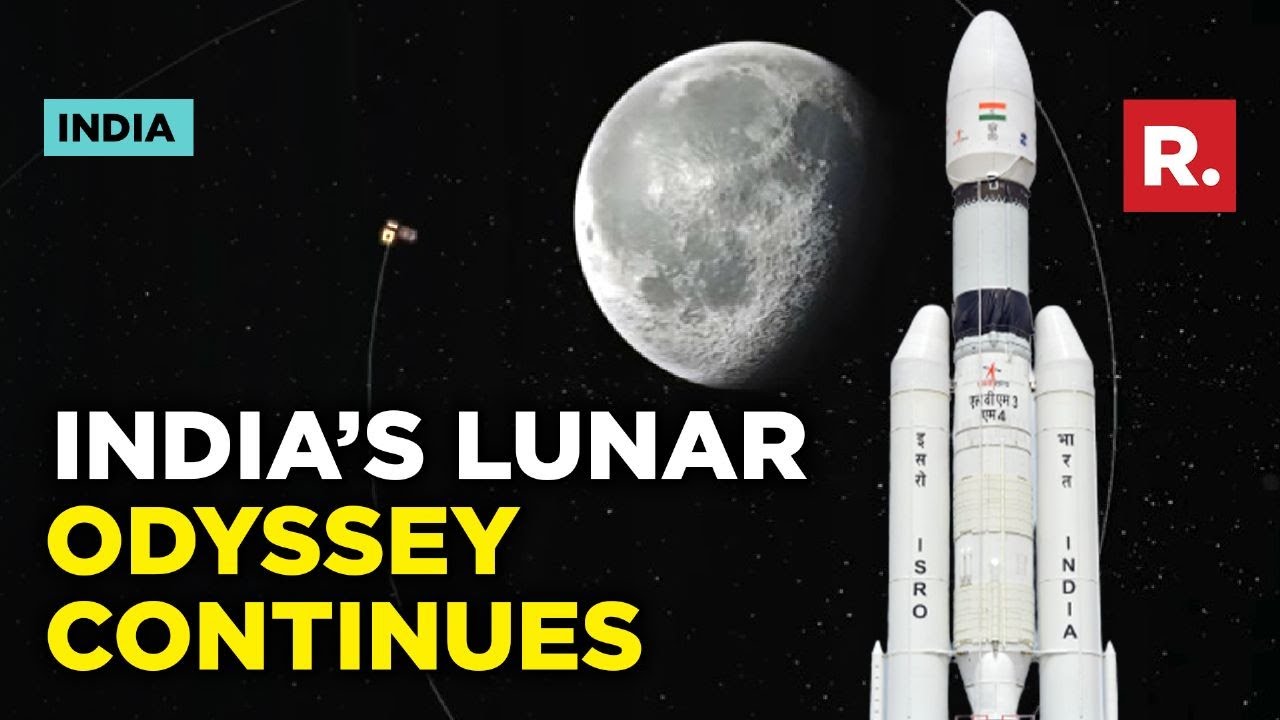


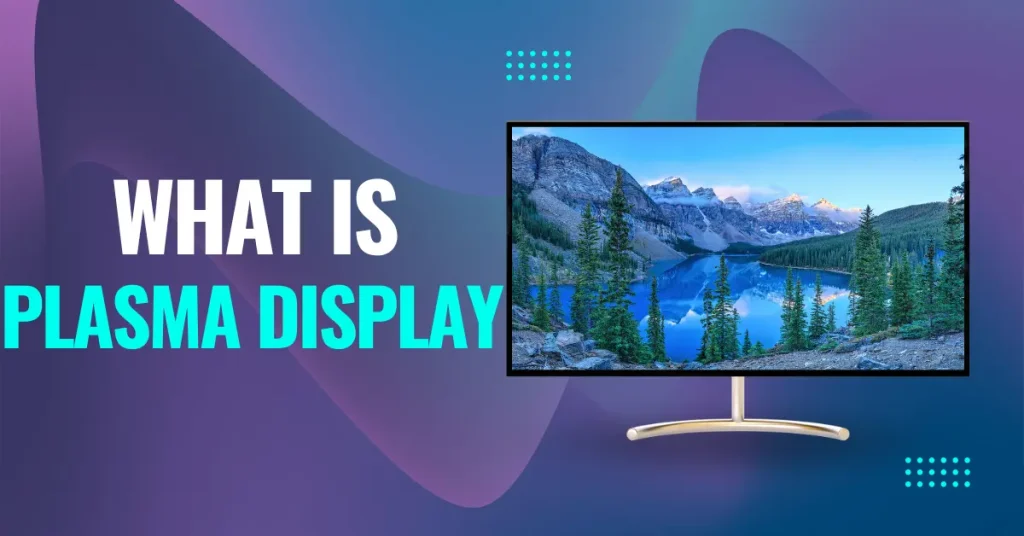












































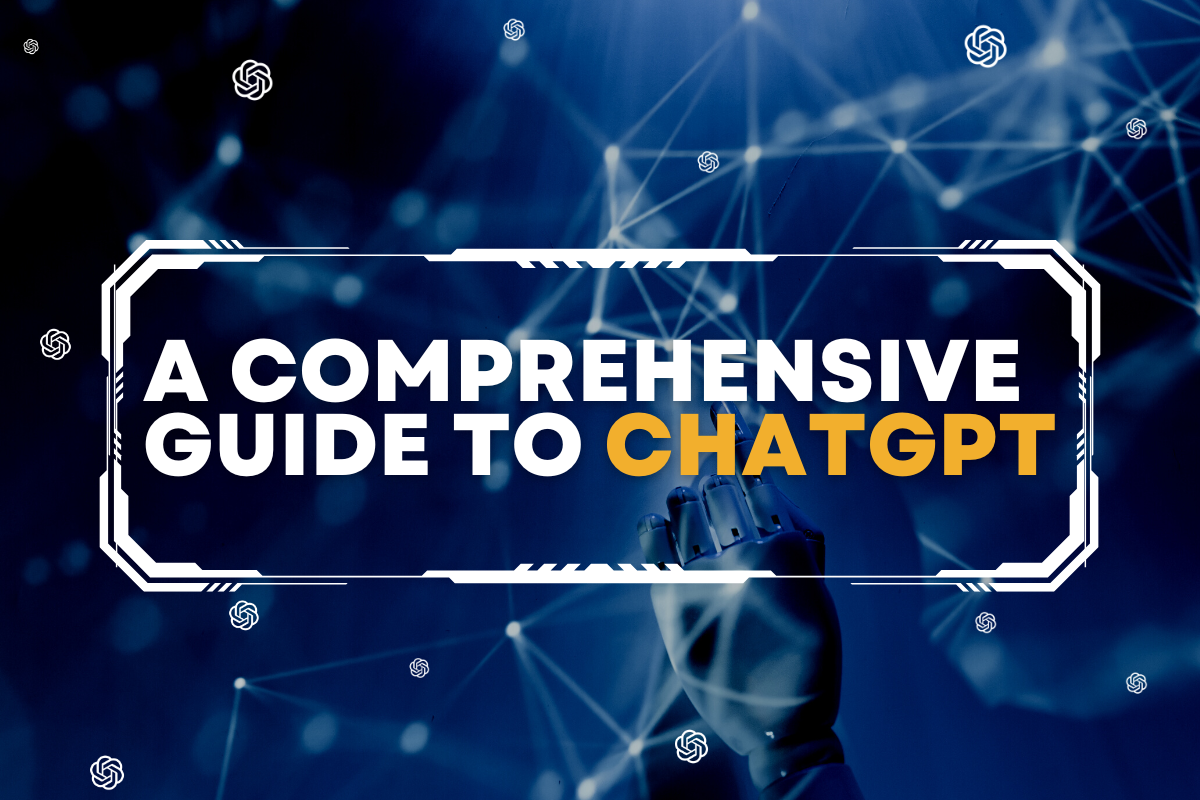
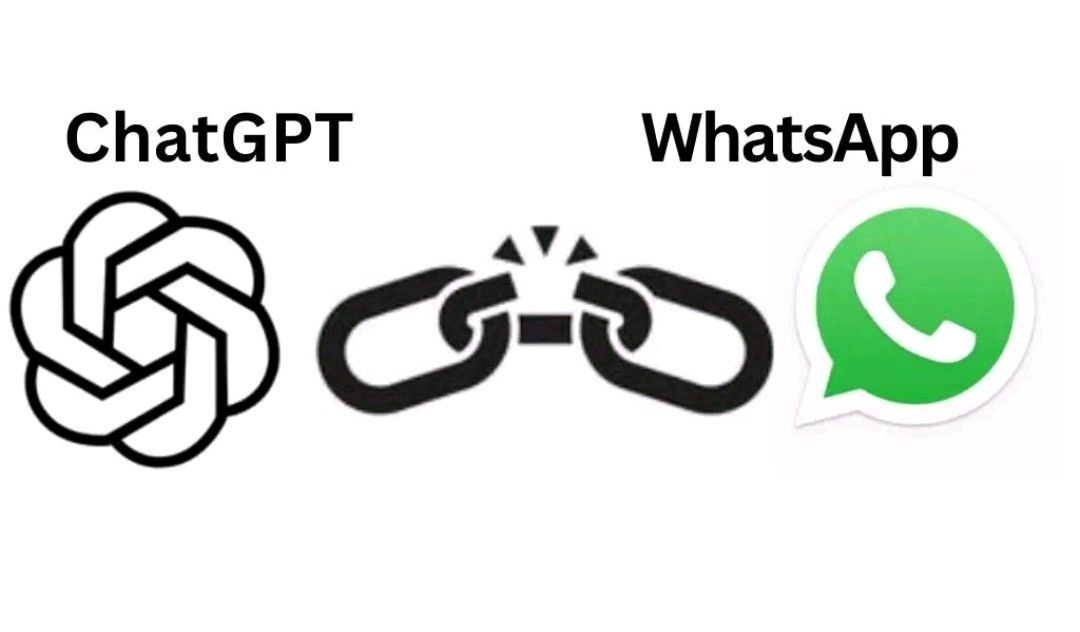













.jpg)



